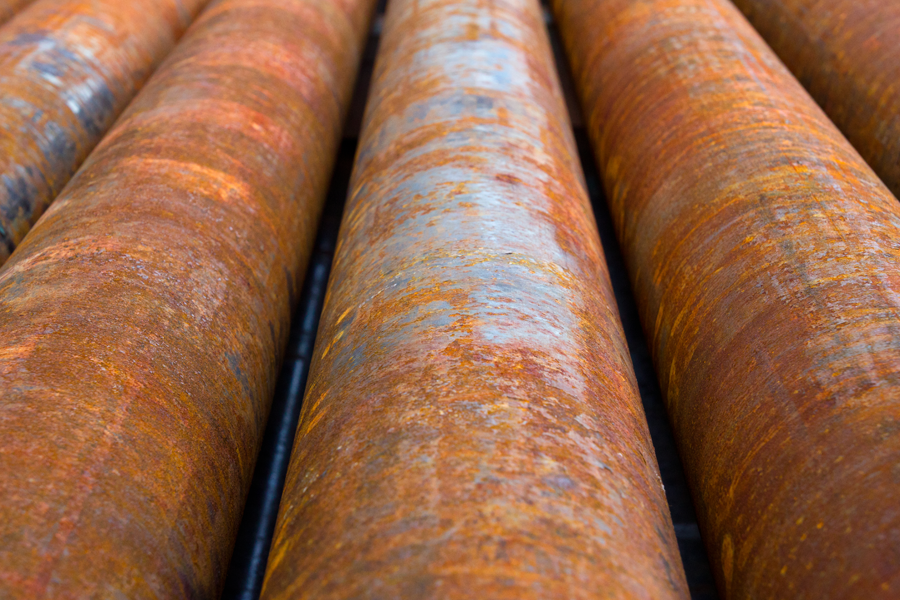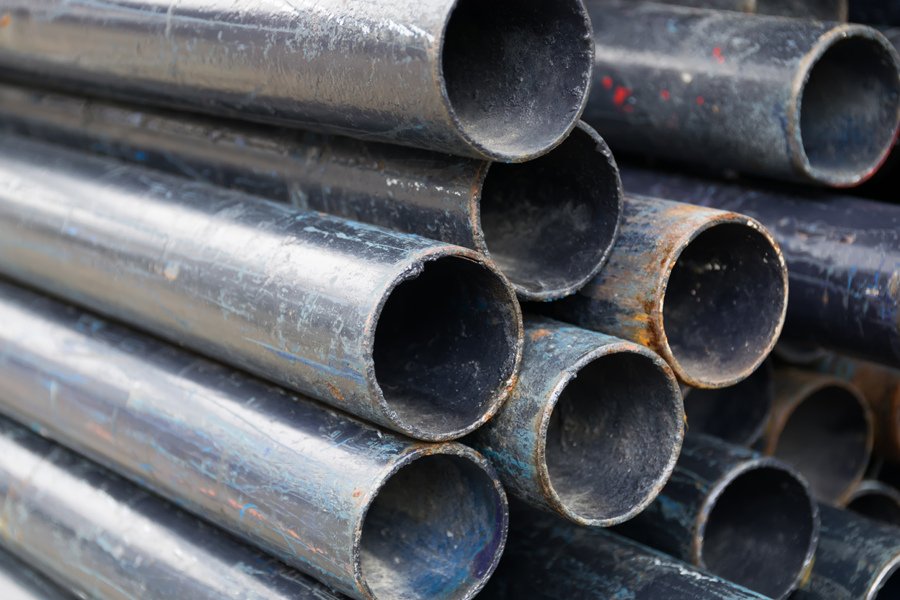What's Your Utility's Replacement Pipe Type?
- Home
- Team EJP Blog
- What's Your Utility's Replacement Pipe Type?
- Mar 15, 2016 8:24:13 AM
- Everett J. Prescott

Flint, Michigan has been making the news lately, and not in a good way. With lead contamination in the water affecting between 6,000 and 12,000 children and 10 people dead from Legionaries' Disease, the government is scrambling to address the issue, but nearly a year into this event following the change in water supply sources, how will they recover from this? Flint is facing many of the same problems municipalities across the country are seeing, as the economy continues to slowly climb out of the recession. Old water supply lines are leaking, corroding or otherwise in need of replacement and money is tight. Fortunately, there are a variety of options available that are both affordable and safe. Here's our look at replacement piping and which situations they work in.
Ductile Iron
As the old standard, ductile iron replaced cast iron pipelines and is a solid choice, providing superior strength and resistance to shifting ground. However, compared to modern alternatives, it can be more difficult to install, requiring extensive excavation for replacement. It also doesn't deal well with corrosive soils, whether acidic or alkaline, though coating the pipe will provide better resistance to corrosion from soil pH.
Steel

Steel provides similar benefits as ductile iron, while offering additional options for forming including: casting, seamless construction and welding. Much like ductile iron, it can also be lined or coated to prevent corrosion, though the linings and coatings are susceptible to being scratched or damaged during installation, creating a weak spot where corrosion may take over.
PVC
As one of the earliest synthetic plastics, PVC was developed in the early 19th century, but only came into regular use during WWII's metal shortages as wire insulation on ships. As the nation returned to peacetime, PVC production changed into plumbing and water supply needs. It's fusible, making it a good option for trenchless installations, is resistant to corrosion, is lightweight and easy to handle. It has one of the lowest failure rates of all plumbing types.
Fiberglass
Though it's not typically the first material considered, fiberglass is very versatile. It's extremely resistant to corrosion, comes in a variety of lengths from 5' to 40' and can be used in direct bury, aboveground and trenchless installation options. This type of piping has a 50-year life cycle, so it's good for longer-term installations, though there will need to be budgeting in place when the material's end of life is reached. Some types of fiberglass is not UV-resistant, so make sure the pipe you use is approved for above-ground installations if that is your need.
High-Density Polyethylene
Originally used in high-pressure lines for the oil and gas industry, HDPE pipe has gained popularity in waterworks applications. Like other plastic piping, it's extremely resistant to corrosion. Because it's heat-fused to other fittings and lengths of pipe, there is zero water loss, very important if you're replacing lines in an arid climate or where water resources are very valuable, such as in a larger city. It's also very flexible, lowering the number of fittings needed for a run and is inexpensive, a boon in a time when municipal budgets are still rather tight.
Summary
By taking into account your municipality's particular needs and situation, you can choose the best replacement piping that will get the job done within budget. If you're not sure about which replacement pipe will work best for your particular situation, Team EJP is here to answer any questions you may have. Please feel free to contact us today and find out how to fix your water supply problems.
Sources: mswmag.com / cenews.com/ / http://www.level.org.nz







